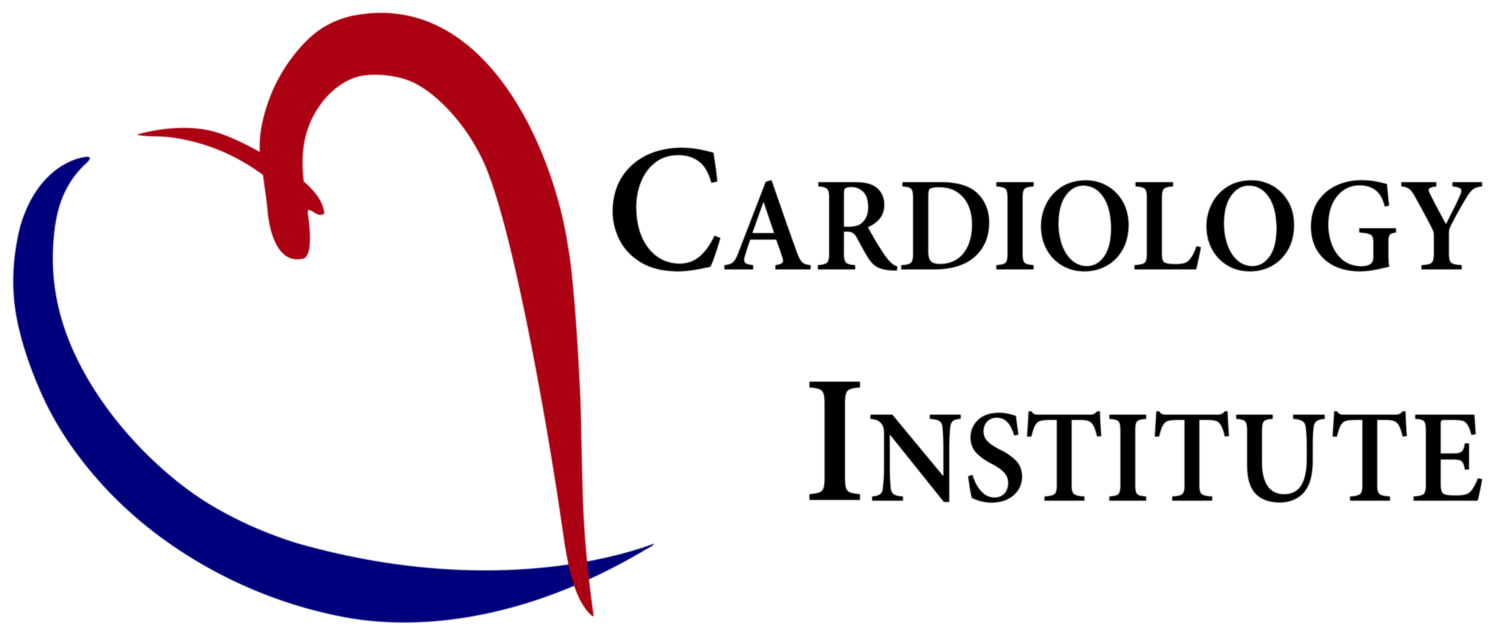Statin use in primary prevention of cardiovascular events in the general practice setting has always been a difficult topic, for both patients and physicians.
Decision making depends on various factors, including:
- individual patient's cardiovascular risk calculation
- patient perception of and/or aversion towards cardiovascular events
- patient perception of and/or aversion towards statin medication
- physician preference
It is often hard to communicate these complex concepts in 5 to 10 minutes.
The Mayo clinic has recently published an electronic tool called “Statin Choice Decision Aid”, which is immensely valuable in helping patients visualize cardiovascular risk, and the benefit of statin medications as applied to them.
The above example is a hypothetical patient’s graphics, after entering basic demographics, examination and laboratory data. The graphics illustrates the patient’s current heart attack risk over the next 10 years, and contrasts that with this heart attack risk if he takes high dose statins.
In this case example, the patient has "a 16% baseline absolute risk of cardiovascular events over the next 10 years. Statin therapy reduced such risk by 38%, resulting in a residual absolute risk of 10%."
As we can all see, the graphics is way easier to understand than my previous paragraph.
I hope that GPs will find this tool useful in their rooms too.
https://statindecisionaid.mayoclinic.org/index.php/statin/index
Author: Dr Andrew To

